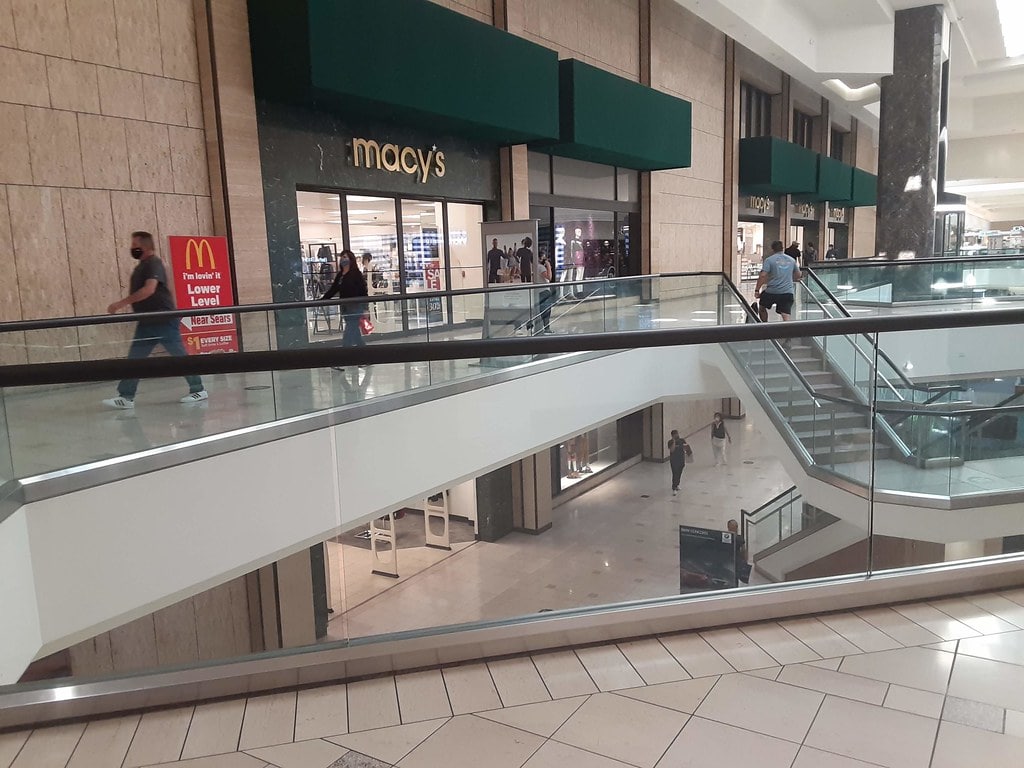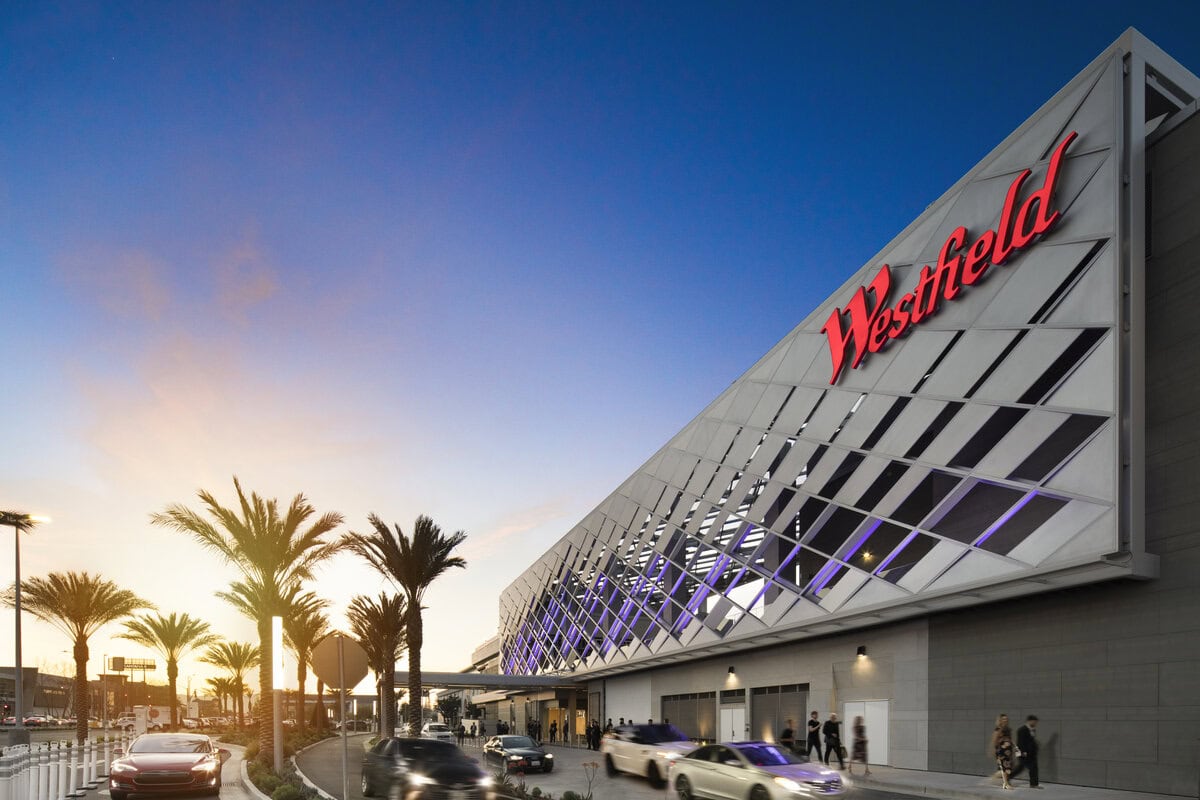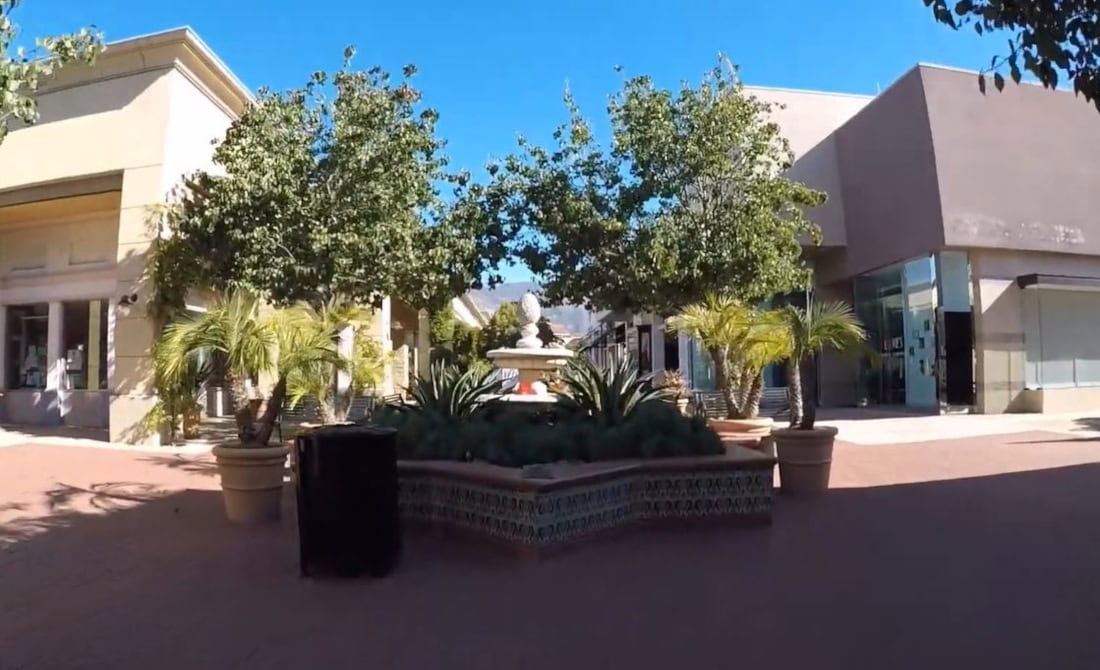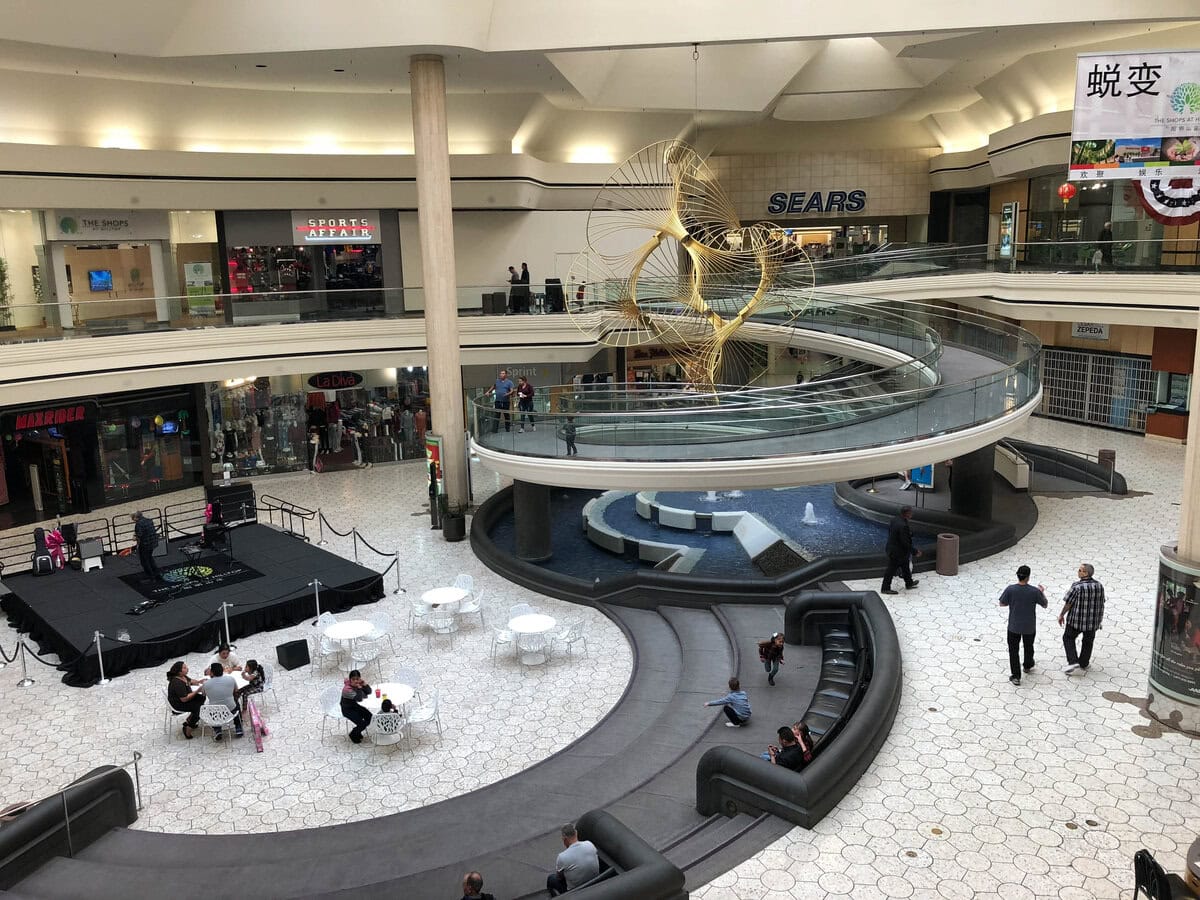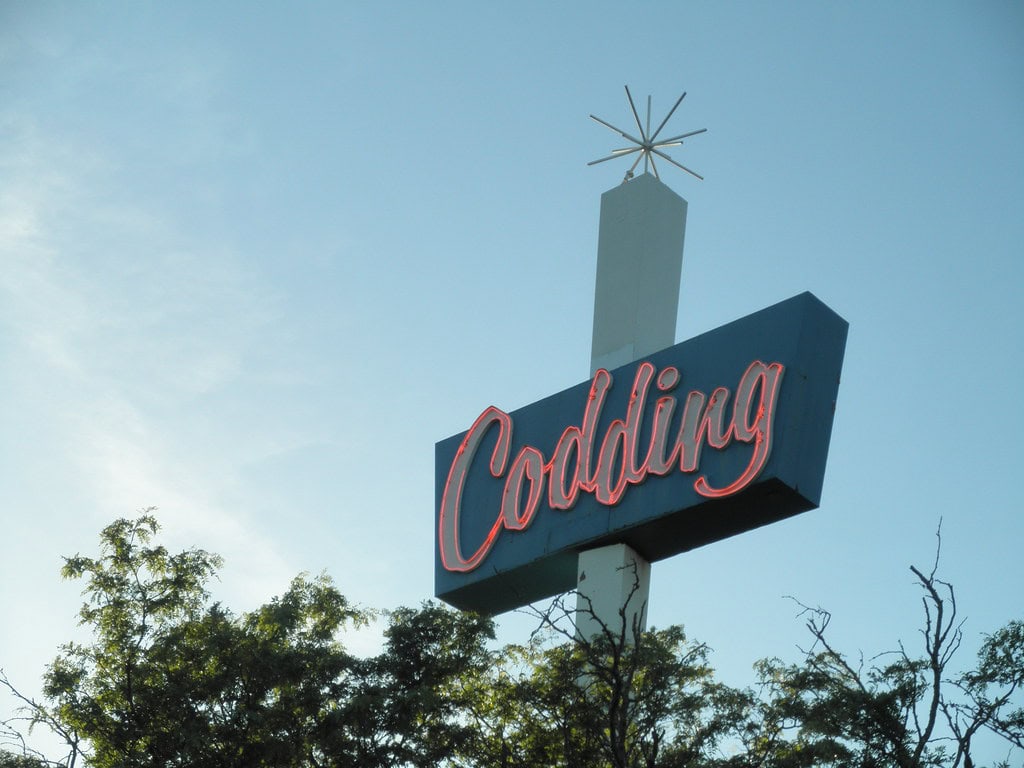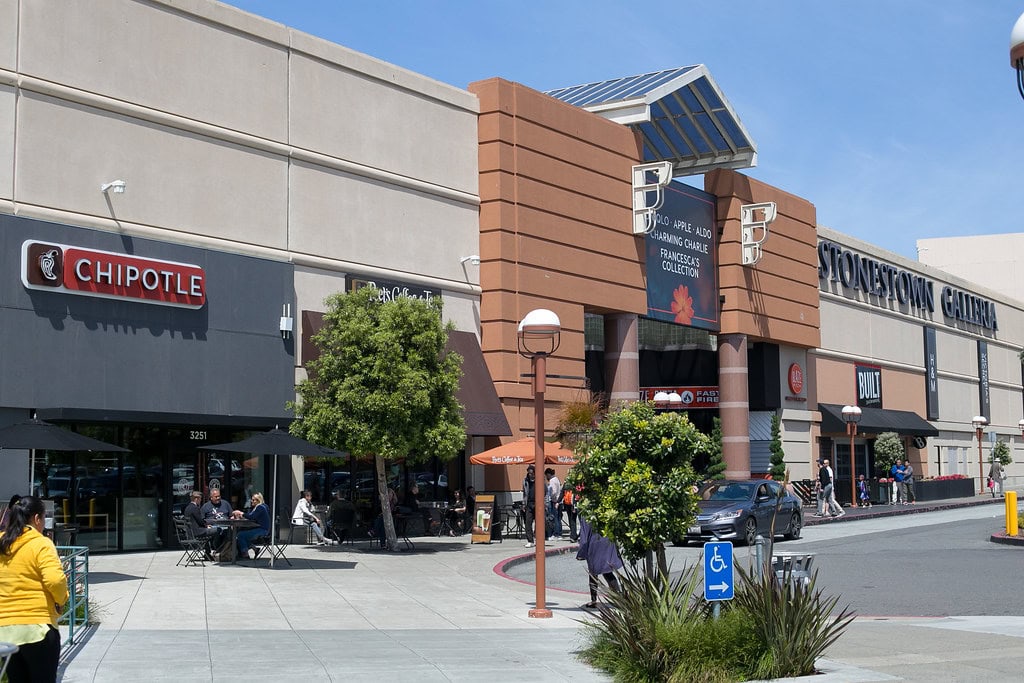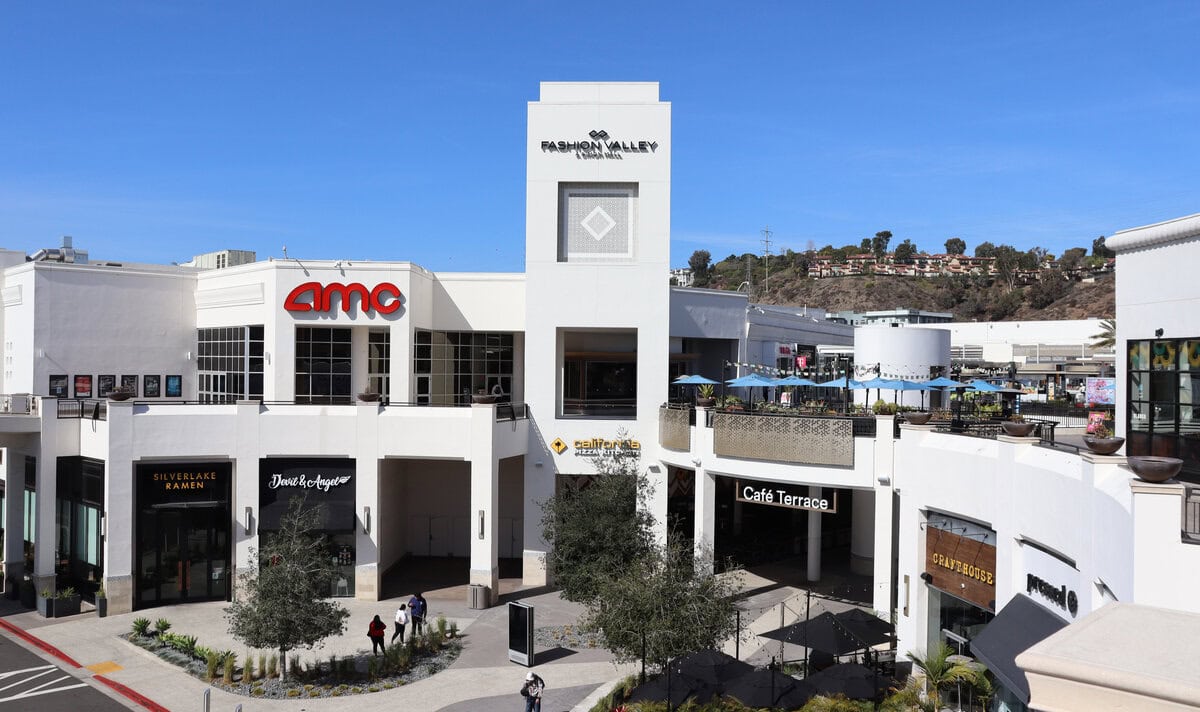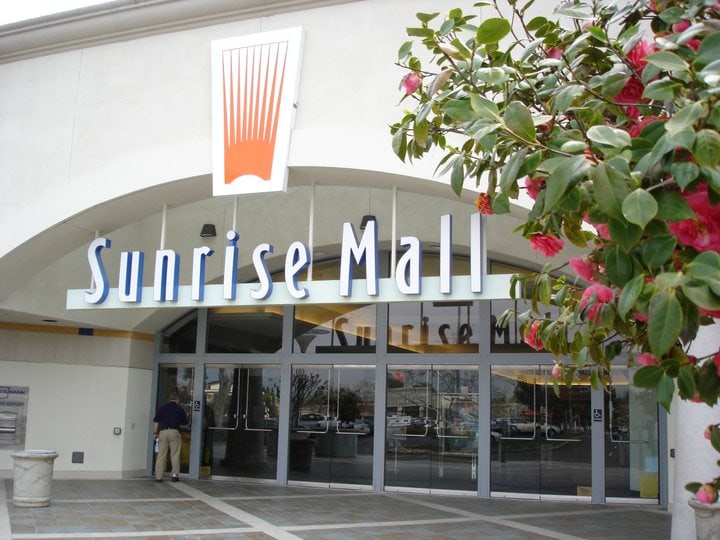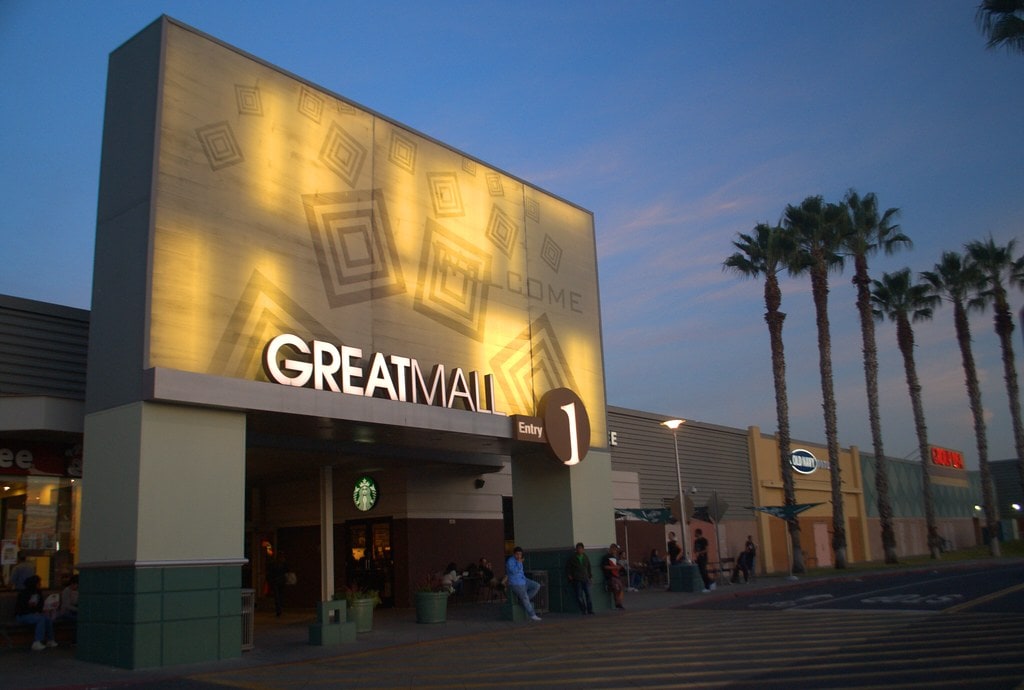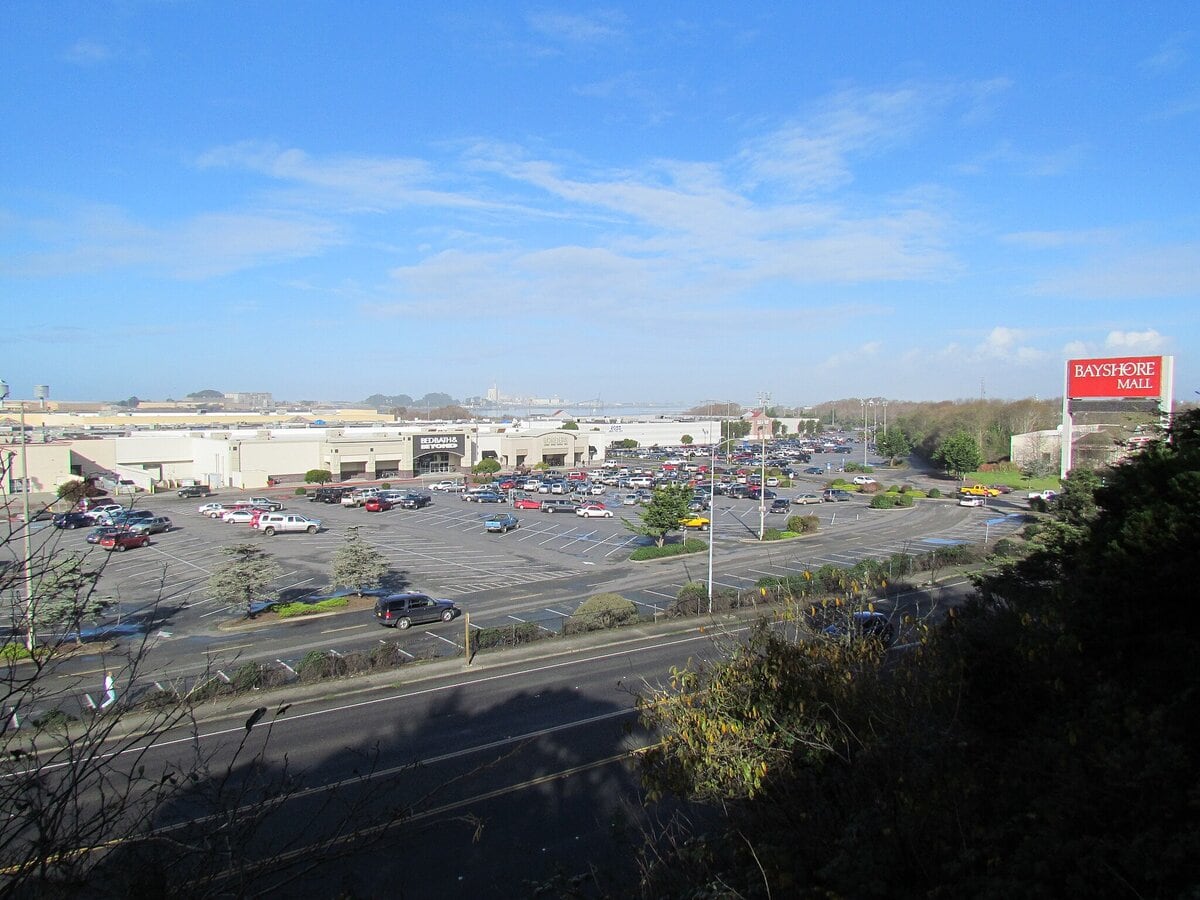Breaking Ground at Sunvalley Mall
In the summer of 1965, a patch of 106 scrubby acres east of San Francisco was turned over to an idea that shopping could be an experience, not just an errand.
Bayshore Properties, a triumvirate of developers from Michigan, Chicago, and New York, decided that Concord, California, should have a temple to the new American pastime: shopping indoors.
They hired an Israeli architect, Avner Naggar, and broke ground on what they promised would be the world's largest air-conditioned regional shopping center.
Two years later, on August 3, 1967, Tony Martin crooned at the ribbon-cutting, and Sunvalley Shopping Center opened its glass doors to the world.
Sears was first out of the gate, anchoring the fledgling complex with a three-level, 241,000-square-foot store that sold everything from socket wrenches to swing sets.
JCPenney followed with its own three-story emporium, tricked out with a coffee shop and a furniture department boasting the latest in Danish Modern.
Macy's arrived a few weeks later, complete with a Lyon's Coffee Shop and a separate auto center. By late summer, the mall had forty tenants, terrazzo floors, and 9,000 parking spaces gleaming under the California sun.
It was, as promised, a monument to comfort. Two air-conditioned levels stretched for more than a million square feet, cooled and tiled against the dust and heat outside.
The structure's linear design was unapologetically practical: a rectangular corridor of commerce with fountains, tile murals, and no elevators at all. The escalators did the lifting, and that was that.
Skating, Shopping, and the Age of Optimism
Sunvalley Mall became the place everyone in Contra Costa County went. You could skate on the indoor ice rink that opened in November 1969, then walk upstairs to the 1,500-seat SunValley Cinema for a movie.
The World's Fare food court smelled like popcorn and fried chicken. Kids fed quarters into arcade machines while parents sat near the pet shop, watching the birds flutter in their cages.
There were piano stores, an art gallery, and even a post office where people dropped off their mail before heading home.
By the 1970s, the whole place felt like the future. Chrome rails, terrazzo floors, and cold air on a hot day made shopping feel like an event.
The new freeways made it easy to get there, and Taubman's idea worked: build a mall big enough, cool enough, and bright enough, and the cars would come.
Then came February 1981. Emporium-Capwell opened a new three-story anchor on the corner, giving the mall its fourth big department store.
Sunvalley turned into its own kind of downtown. Teenagers hung out at Music Box Records, flipped through paperbacks at B. Dalton, and grabbed pizza before heading home.
It was safe, clean, and open late enough to feel like freedom.

The December Sky and the Crash of 1985
On December 23, 1985, just two days before Christmas, the air over Concord turned heavy with fog.
A twin-engine Beechcraft Baron, approaching Buchanan Field for a second attempt to land, veered off course and slammed into the roof of Sunvalley Mall shortly after 8:30 p.m.
The plane's flaming fuel poured through the atrium, setting off chaos below.
Three people aboard the aircraft were killed instantly. Four shoppers died in the hours and days that followed.
Between seventy-six and eighty-eight others were injured, their holiday shopping trips ending in emergency rooms.
Investigators later determined the plane's landing gear had been retracted and its flaps up; the pilot had not mistaken the mall for a runway.
One propeller sheared off before impact and was found buried under the debris. The damage was pegged at $3.5 million, but the psychic toll was far greater.
For years afterward, the mall's roof repairs and marble walkways quietly concealed a scar in the community memory.
Glass, Marble, and the Rebirth of the Early Nineties
By the late 1980s, retail America was changing, and Sunvalley Mall knew it. Its Ice Arena, once a draw for teenagers and figure skaters, closed in 1989.
Two years later, a $40-million renovation gave the mall a new face. Out went the boxy, fluorescent corridors; in came 198 skylights, Italian marble underfoot, and chrome railings that reflected the Californian sun.
The upgrade was part of a wider Taubman campaign to modernize aging properties, making them sparkle again for a new generation of shoppers.
The 1991 relaunch gave the mall fresh energy, but also a faint nostalgia.
The Emporium-Capwell store would vanish a few years later when its parent company folded, its space absorbed into Macy's, which divided itself into Women's and Men's & Home locations.
The mall's two-story core, though, remained a steady ecosystem: an air-conditioned biosphere of commerce in which brands rose and fell, but the rhythms of suburban shopping persisted.
Food, Fun, and the Renovations of the 2000s
The 2000s were good to Sunvalley Mall, at least for a while. The parking lots stayed full, and the mall diversified into dining and entertainment.
BJ's Restaurant & Brewhouse set up shop in 2009, and Lucille's Smokehouse BBQ followed in 2013 with live blues in its Flying Pig Lounge.
The old Mervyn's space became a Safeway in 2012, signaling the shift toward everyday convenience retail.
That same year, the mall embarked on another multimillion-dollar renovation.
Entrances were redesigned with illuminated signs, new landscaping softened the exterior, and Wi-Fi and device-charging stations appeared in the Grand Court.
Energy-efficient LEDs replaced the aging sodium lamps outside. Inside, wood and glass mixed with polished tile, and even the restrooms got stainless steel upgrades.
In 2016, a new food court opened with eight restaurants and seating for five hundred. Chicken Connection and Lotus Express shared space with Charleys Philly Steaks.
Round 1 Bowling & Amusement moved in that August, filling fifty-two thousand square feet with Japanese arcade games, bowling lanes, and a bar.
For a moment, Sunvalley seemed to have reinvented itself once again, trading its mid-century polish for something noisier and more electric.
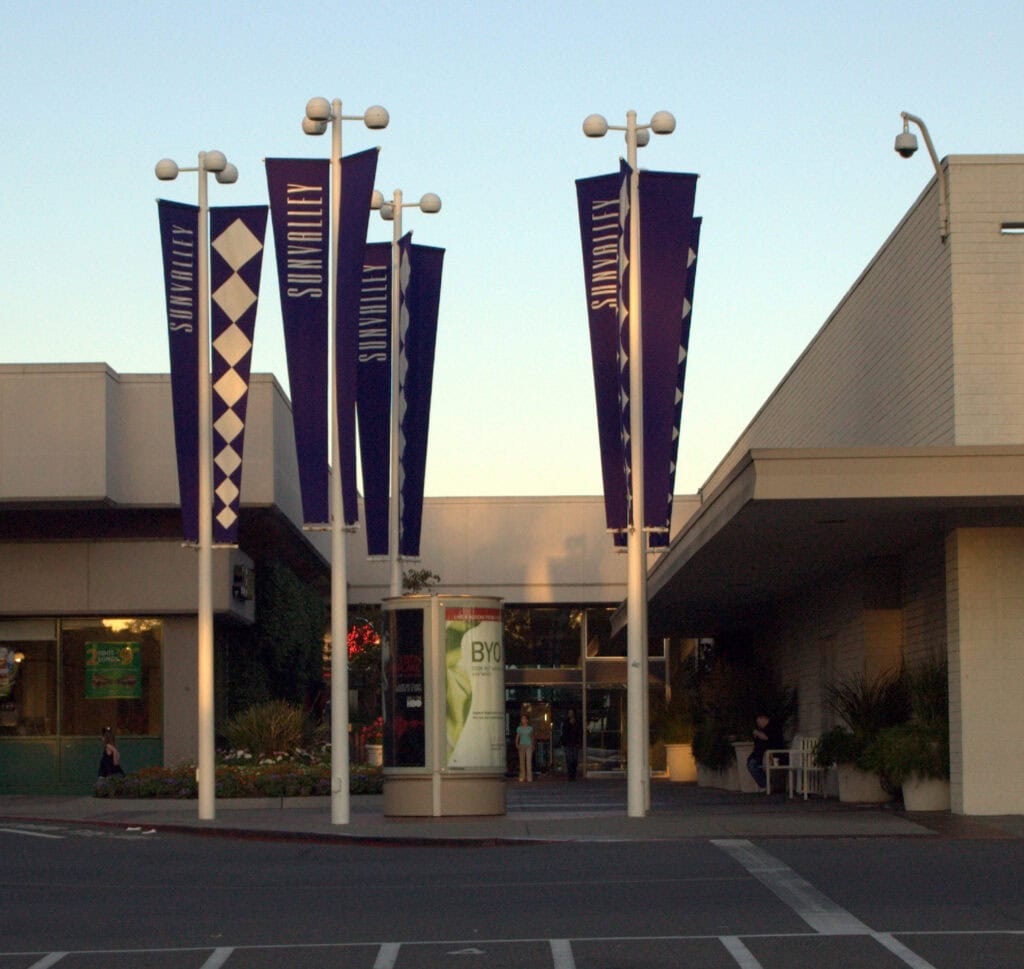
Ownership, Crime, and the Reality of the 2020s
In 2020, Taubman Centers merged with Simon Property Group, giving Sunvalley Mall a new corporate parent but little immediate change on the ground.
What did change was the mood. The pandemic thinned out shoppers, and retail crime crept in. In May 2021, a shooting sent the mall into lockdown. Another came that December, again with one person wounded.
Then came a rash of jewelry heists. In late 2024, robbers armed with hammers struck Valliani Jewelers.
A few months later, Kay Jewelers suffered a midday sledgehammer raid. Police presence increased, but so did the headlines.
By the fall of 2025, Concord police were arresting groups of teenagers for smash-and-grabs and overnight break-ins. In one case, a suspect was caught with a modified firearm.
Financially, the picture grew complicated. In May 2025, trade reports revealed that the mall's $135.7-million commercial mortgage had slipped into special servicing, signaling the risk of default.
Its appraised value, once $350 million in 2012, had fallen to $170 million, even with roughly 95 percent of the stores leased.
The problem wasn't emptiness but economics: declining retail valuations, higher interest rates, and the gravitational pull of online shopping.
The Last Sears and the Question of Tomorrow
By the summer of 2025, Sunvalley Shopping Center carried a strange new claim to fame.
When the Sears in Burbank went dark, the Concord store became the last one in California, possibly the only one left on the West Coast.
It's been there since the beginning, part tenant and part museum piece, still selling lawnmowers and jeans under the same fluorescent light.
Transformco, the company that owns Sears, has already listed the space for lease, a quiet signal that the countdown has started.
JCPenney is still open. So is Macy's, split between women's fashion and home goods.
About 150 other stores keep the place alive: Apple, H&M, Bath & Body Works, Hot Topic, all the usual suspects. The mall covers 1.44 million square feet and runs its hours like clockwork.
Some say it's clean, shining, and steady. Others say it's short of its past peak.
No one knows what comes next. Concord keeps growing, the freeways keep choking, and the old idea of a regional mall feels shakier every year.
Sunvalley Mall has already survived a plane crash, anchor swaps, and fifty years of reinvention.
Whether it survives this retail winter is another story.
For now, the marble floors still shine under the skylights, the escalators still hum, and the crowd still drifts between Macy's and JCPenney, like it always has, pretending nothing's changed.
